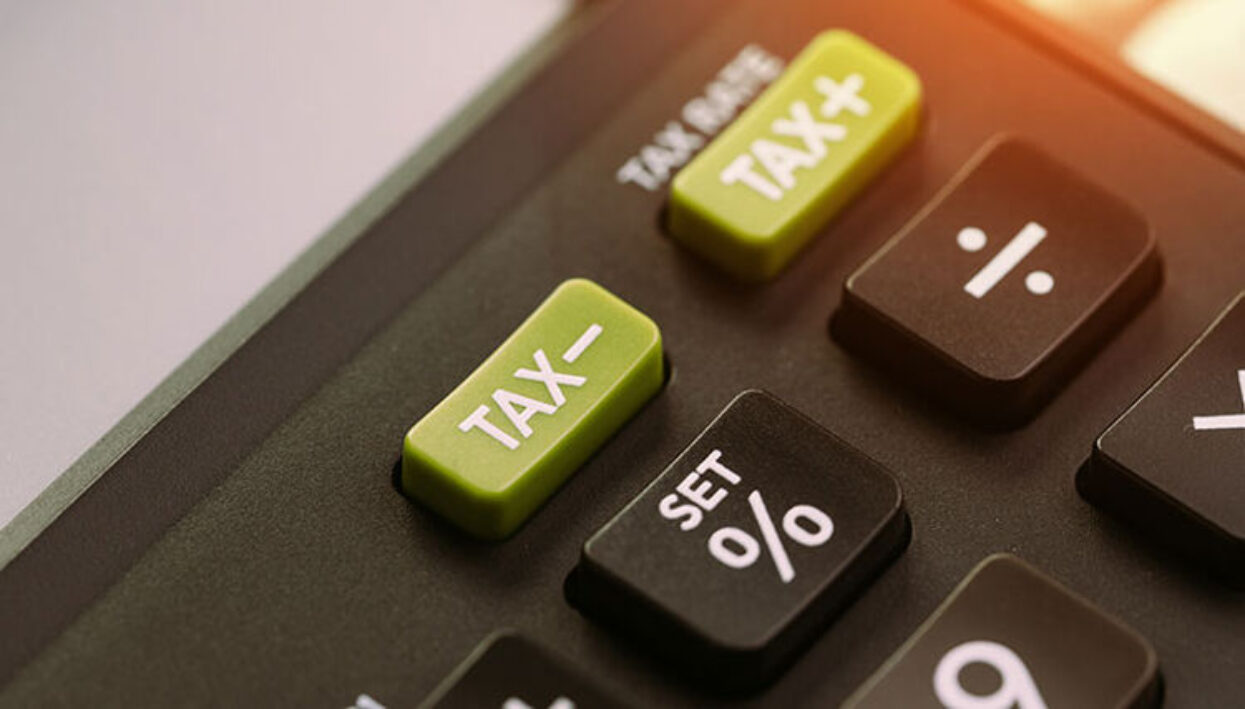Digital Printing
Sustainability
Tax benefits from digital printing investments
Author
FESPA Staff
Published Date
14/05/2018
Become a FESPA Member
to Continue Reading
